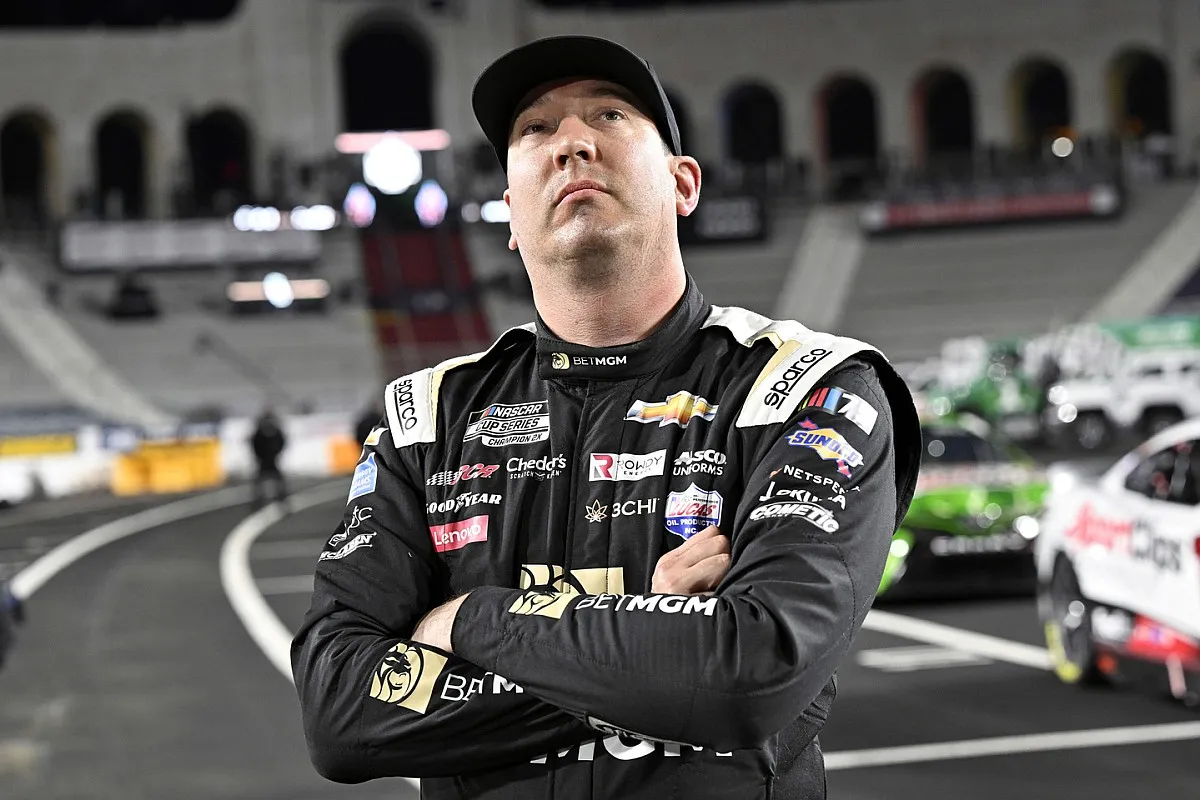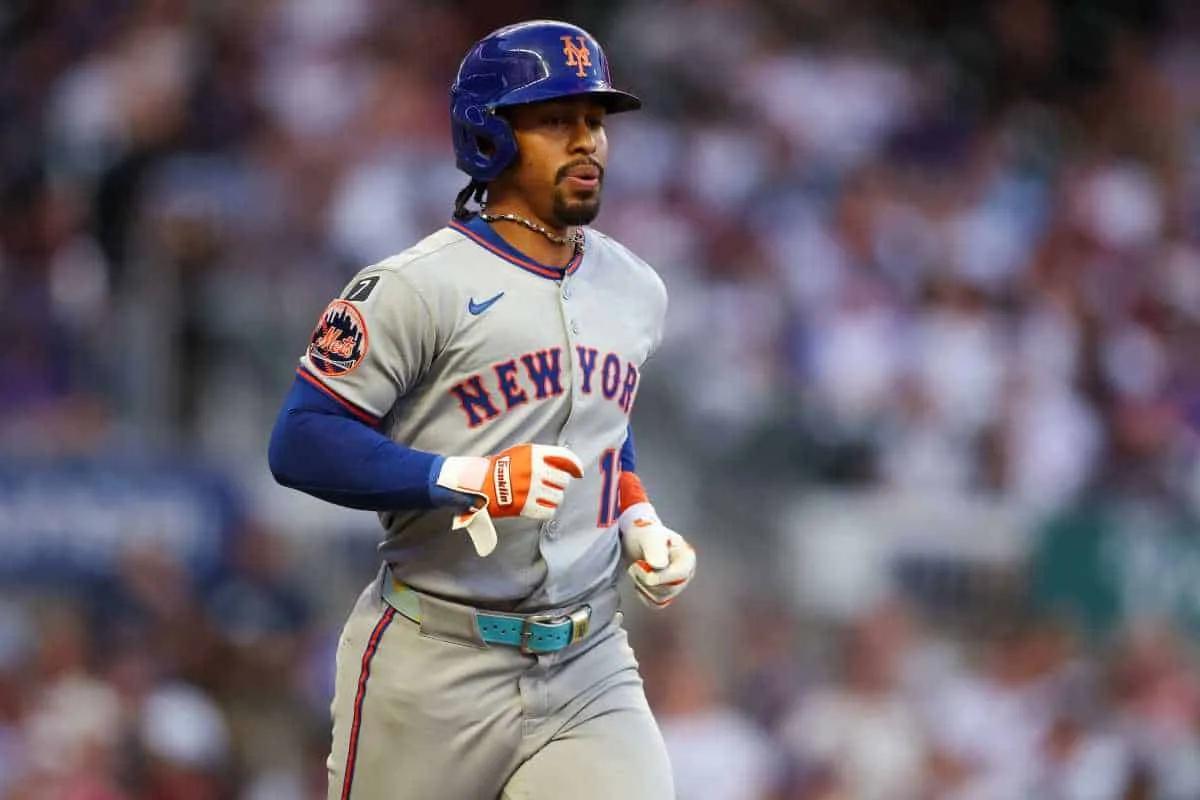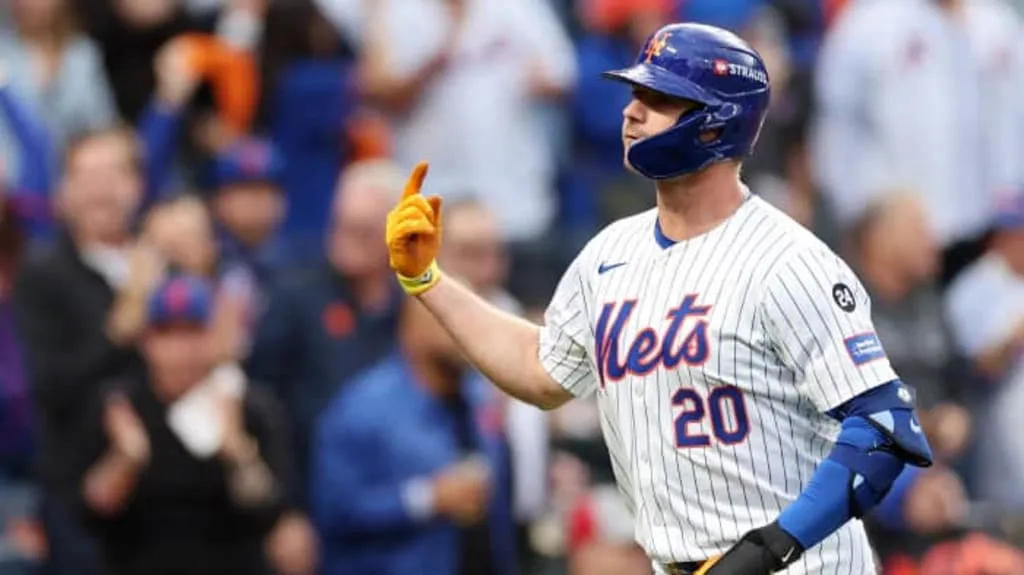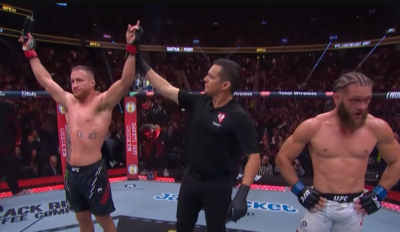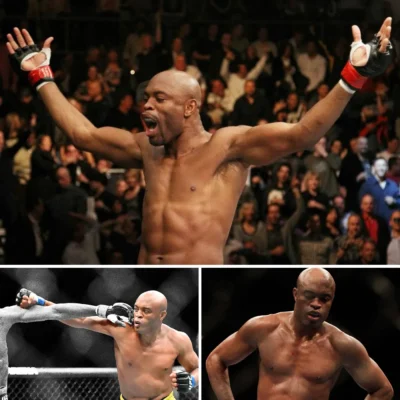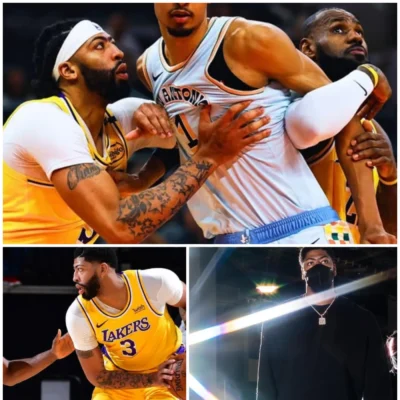
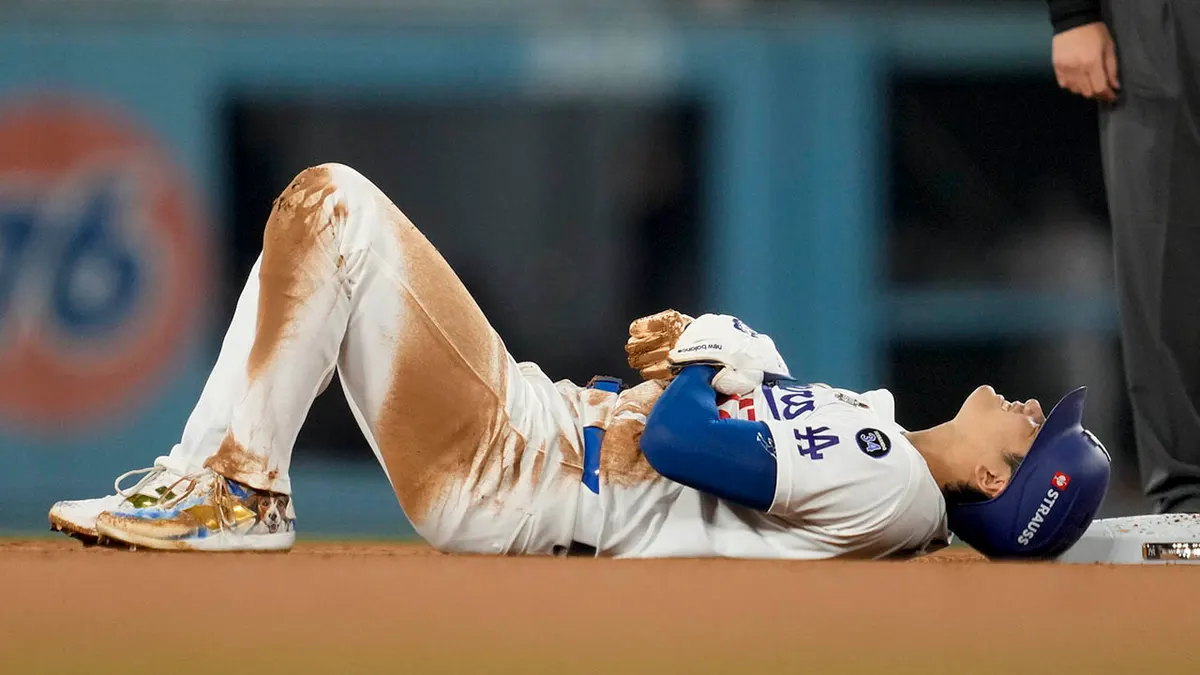
Ohtani Overcomes Injury Nightmares to Redefine the Meaning of a Baseball Superstar
When people talk about Shohei Ohtani, words like “phenomenon,” “unicorn,” and “once-in-a-century talent” inevitably come up. But behind the breathtaking home runs and jaw-dropping strikeouts lies a story of resilience, setbacks, and relentless determination. While the world now celebrates him as a global baseball superstar, Ohtani’s path has been anything but smooth. His career has been shaped as much by the injuries he’s endured as by the historic milestones he’s achieved.
Today, Ohtani stands as the face of modern baseball, redefining what is possible in a sport that once believed the era of two-way players was long gone. His journey from painful surgeries and grueling rehab to MVP seasons is proof that greatness isn’t just about talent—it’s about persistence.
Early Promise Meets Harsh Reality
Born in Ōshū, Japan, in 1994, Shohei Ohtani was marked for greatness from the start. By his teenage years, scouts were already comparing him to legends. He had the fastball of a top pitcher and the swing of a feared slugger. Fans in Japan called him the “Japanese Babe Ruth,” but many wondered if such comparisons were fair—or sustainable.
When he joined Nippon Professional Baseball (NPB), Ohtani immediately turned heads with his ability to pitch over 100 mph while also blasting home runs. It was clear he was different. But the physical demands of excelling in two roles soon took a toll. Even in Japan, whispers began: “How long can his body handle this?”
Crossing Over to MLB
In 2017, Ohtani made the leap to Major League Baseball, signing with the Los Angeles Angels. The move sent shockwaves through both Japan and the U.S. Could a two-way player really succeed in MLB, where competition is tougher, schedules are grueling, and expectations are sky-high?
Almost immediately, Ohtani silenced the skeptics. In 2018, his rookie year, he was dazzling—hitting home runs as a designated hitter and shutting down batters on the mound. But then came the first nightmare: an elbow injury that required Tommy John surgery.
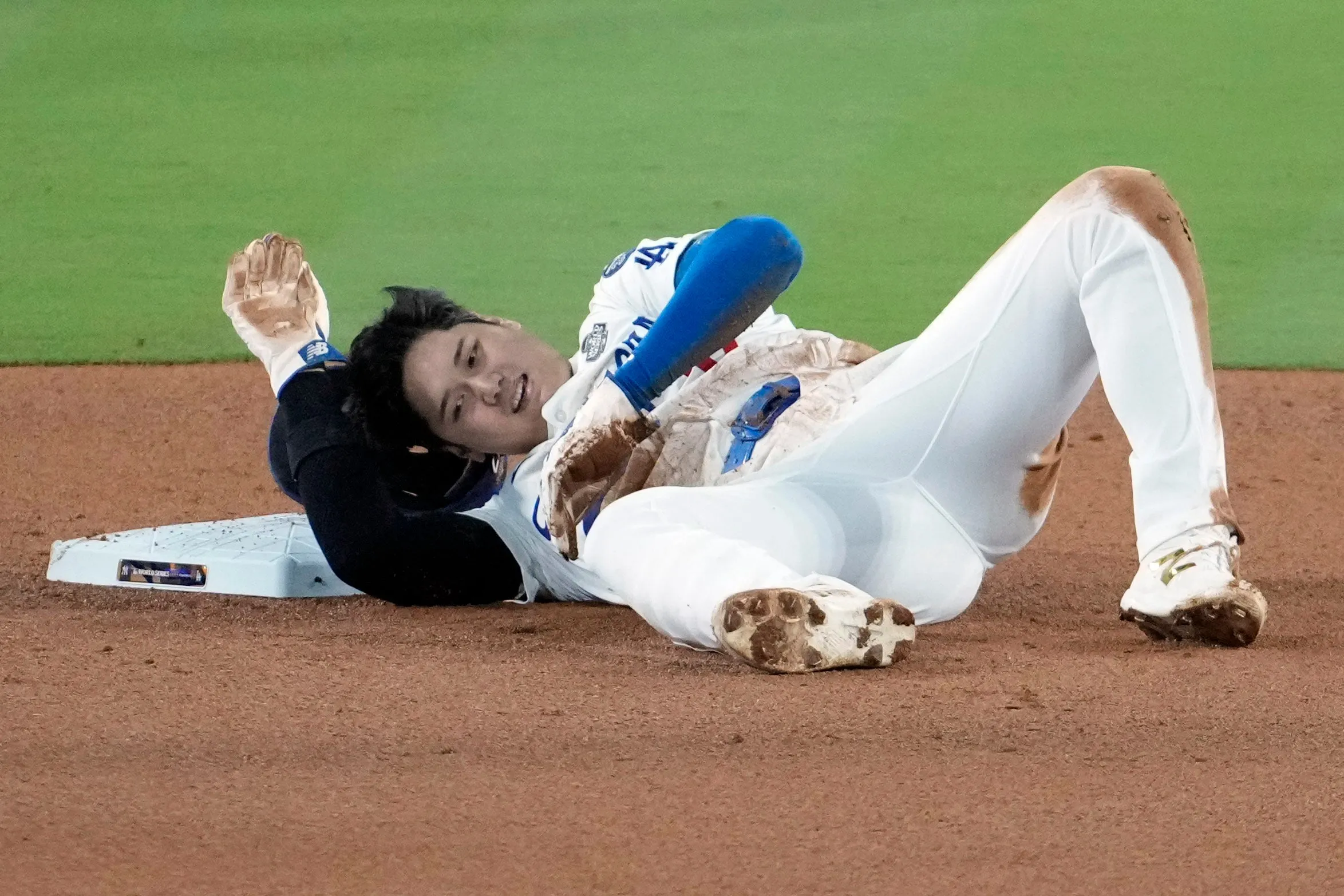
Tommy John Surgery: The First Major Setback
For pitchers, Tommy John surgery can be career-defining. Some never return to form. Others lose velocity. In Ohtani’s case, it forced him to abandon pitching for over a year and focus only on hitting.
It was a devastating blow. Fans feared the baseball world might never see Ohtani’s full potential as a two-way star. Yet, instead of retreating, Ohtani reinvented himself. During his recovery, he became a full-time hitter, and his bat alone was enough to keep him relevant. He slugged towering home runs, showing flashes of his offensive brilliance even while rehabbing his arm.
Another Blow: The 2020 Season
The pandemic-shortened 2020 MLB season was brutal for Ohtani. After finally returning to pitching, he struggled with command, velocity, and confidence. His ERA ballooned, and he looked nothing like the dominant force fans expected. Meanwhile, injuries continued to nag at him.
Critics began asking tough questions: Was Ohtani’s dream of being a two-way player doomed? Should he focus on hitting only? Was he trying to do the impossible in a sport that had long specialized roles?
The 2021 Breakthrough
Then came 2021—the year that changed everything. Fully healthy for the first time in years, Ohtani unleashed his true potential. On the mound, he overpowered hitters with a blazing fastball and filthy splitter. At the plate, he crushed 46 home runs.
The baseball world went wild. Ohtani wasn’t just good—he was rewriting the rules of the sport. He won the American League MVP, became the face of MLB’s global marketing campaigns, and drew comparisons to legends not just in baseball but across sports.
The injuries of the past hadn’t broken him; they had forged him into a more disciplined, focused, and determined athlete.
2023: Another Injury Nightmare
Just as Ohtani’s career looked unstoppable, another nightmare struck in 2023. He tore the ulnar collateral ligament (UCL) in his right elbow again, raising fears about his pitching future. For the second time, the baseball world held its breath. Could Ohtani really come back from another major injury?
To make matters worse, a separate oblique injury ended his hitting season early. Once again, fans and analysts began asking if his body could truly withstand the demands of two-way play.
The Dodgers Era: A New Chapter
In 2024, Ohtani signed a record-breaking contract with the Los Angeles Dodgers, proving that his value as a player and global icon remained unmatched. But the deal came with adjustments: he would not pitch in 2024 as he recovered from elbow surgery, focusing solely on hitting.
And what did he do? He dominated as a hitter, once again leading in home runs and proving that even half of Ohtani is more valuable than most full-time stars. His popularity soared, with Dodgers Stadium filled with fans wearing Ohtani jerseys every night.
Redefining a Superstar
Ohtani’s story isn’t just about numbers or awards. It’s about resilience in the face of repeated setbacks. Each time injuries threatened to derail his career, he came back stronger. That resilience has made him more than a star—it has made him a symbol of what modern athletes can be.
Unlike many players who specialize in one skill, Ohtani embodies versatility. Unlike many who crumble under injuries, Ohtani adapts and reinvents himself. Unlike many stars who shine briefly, Ohtani seems destined for a lasting legacy.
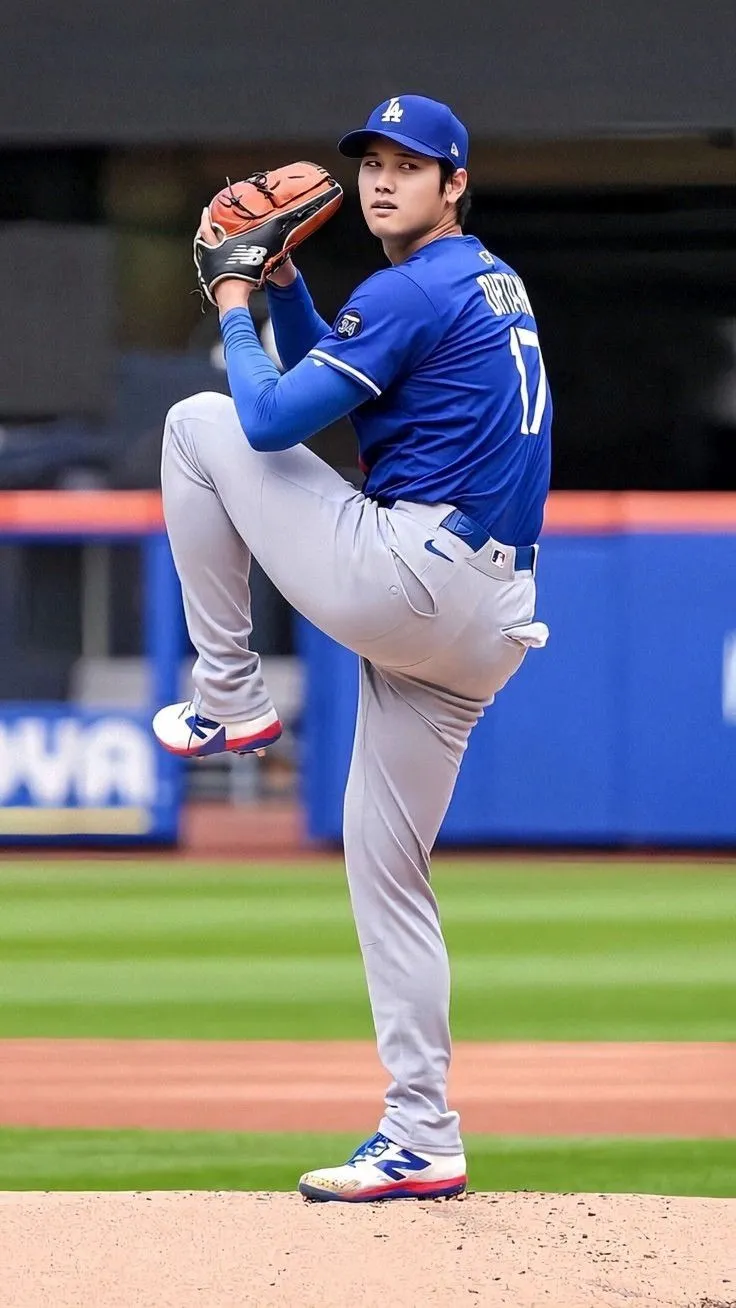
A Global Phenomenon
Ohtani’s rise is not limited to the United States or Japan—it’s global. He has become a worldwide icon, drawing comparisons to athletes like Michael Jordan, Lionel Messi, and Serena Williams. His games are broadcast across Asia, merchandise sales skyrocket wherever he plays, and young players worldwide now dream not just of hitting or pitching—but of doing both.
By overcoming injuries, Ohtani has inspired an entire generation. His story tells young athletes that setbacks don’t define you; your response does.
The Road Ahead
The big question now is: What’s next for Shohei Ohtani? Will he return to pitching dominance after his second elbow surgery? Will the Dodgers manage his workload differently? Could he one day focus on hitting only, or will he insist on continuing the two-way dream?
Whatever the answer, one thing is certain: Ohtani has already redefined what it means to be a baseball superstar. His injuries, once seen as roadblocks, have instead become the fuel for one of the greatest comeback stories in sports history.
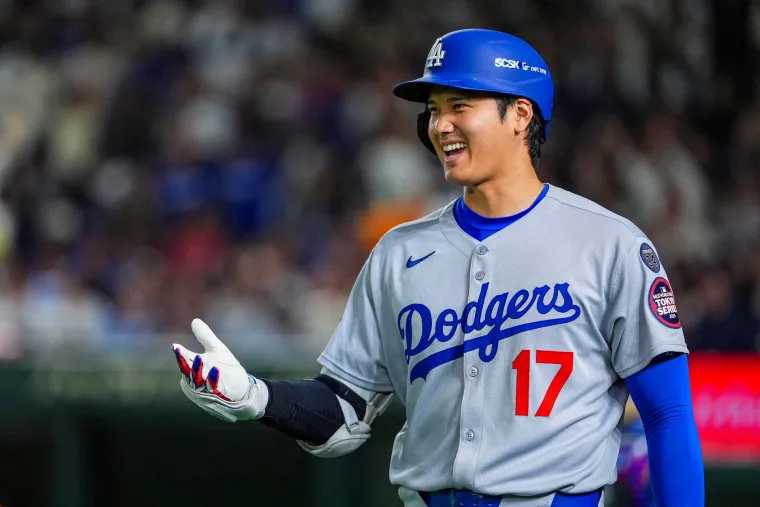
Conclusion
From the nightmare of Tommy John surgery to the heartbreak of repeated injuries, Shohei Ohtani’s journey has been filled with uncertainty and doubt. Yet, through resilience, discipline, and an unwavering belief in his two-way potential, he has emerged as more than just a star—he is a global icon.
In redefining himself time and again, Ohtani has also redefined baseball itself. He has shown that limits can be pushed, expectations can be shattered, and setbacks can be stepping stones to greatness. Injuries tried to write his story for him. Instead, Ohtani took control and authored a legacy that will inspire generations to come.
Because when the dust settles, the meaning of a baseball superstar will forever include one name: Shohei Ohtani.








